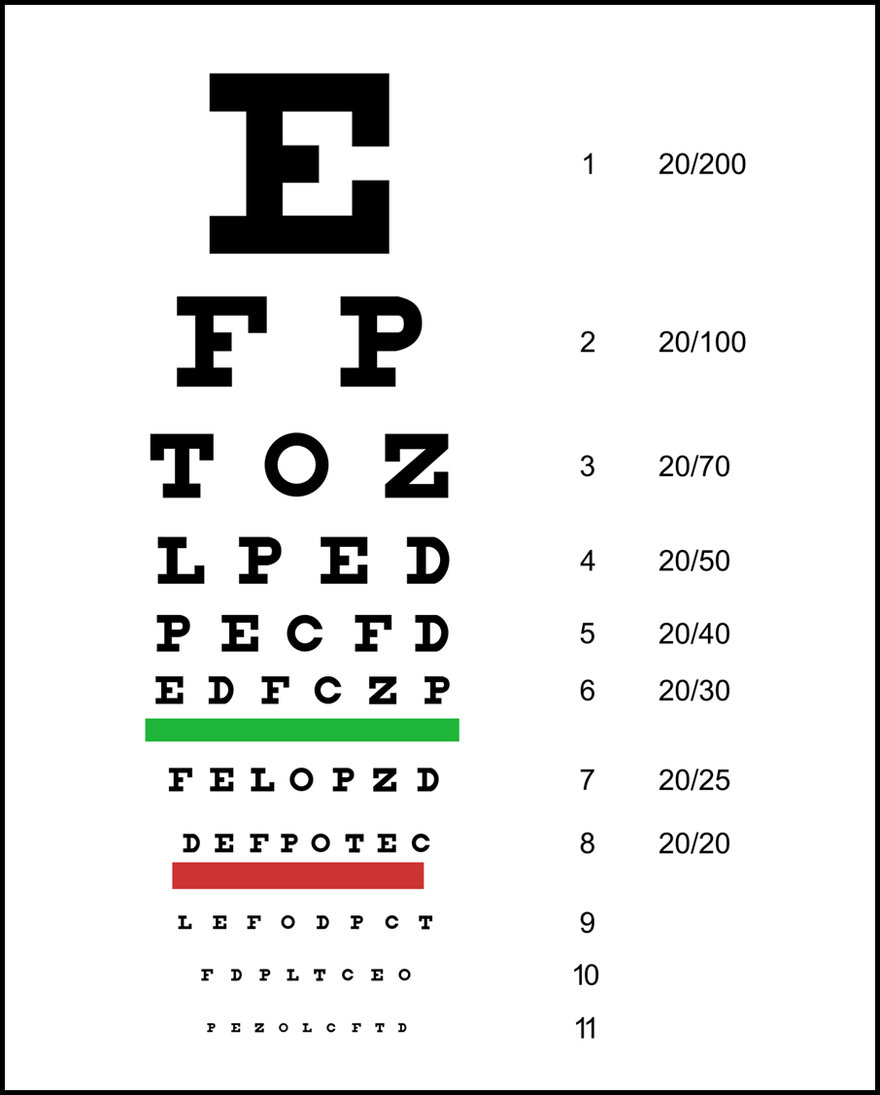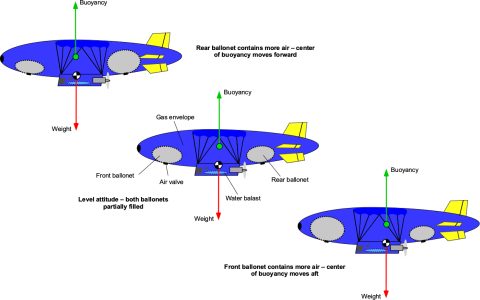Accessing reliable, free eye examination fonts requires careful selection to ensure accuracy and safety. Trust these legitimate sources:
Official Health & Academic Platforms
- University Ophthalmology/Optometry Departments: Leading institutions often provide validated resources for research and education. Search their official "resources" or "public health" sections.
- National Health Institutes & Vision Research Centers: Governmental bodies frequently release standardized tools, including digital eye chart assets, for public health initiatives.
Reputable Typography Repositories
- Major Open-Source Font Foundries: Well-established font libraries frequently host scientifically designed optotype families (e.g., Sloan, ETDRS variations). Prioritize those with documented design standards.
- Verified Design/Medical Collaboration Projects: Seek fonts explicitly credited to partnerships between typographers and vision science researchers within these repositories.
Scientific & Educational Archives
- Peer-Reviewed Research Project Supplemental Materials: Authors sometimes share study tools. Access these only through official journal or university publisher portals.
- Medical Education Consortiums: Groups focused on ophthalmic training occasionally offer fonts with accompanying calibration guides as teaching aids.
Critical Precautions:
- Avoid General Free Font Sites: Standard font repositories rarely host scientifically accurate medical optotypes; fonts may lack proper scaling and validation.
- Verify Font Design Metrics: Genuine exam fonts include precise specifications (letter height/stroke width ratios, spacing) documented by the provider.
- Clinical Use Requires Professional Oversight: Self-administered exams using digital fonts are unreliable for diagnosis. These tools support professional practices or research, not replacement for clinical exams.
- Check Licensing: Even free fonts may have specific usage terms (e.g., non-commercial, attribution). Non-compliance risks legal issues.
Prioritize sources directly affiliated with vision science institutions or rigorously documented typographic projects. Always consult an eyecare professional for clinical assessment.








